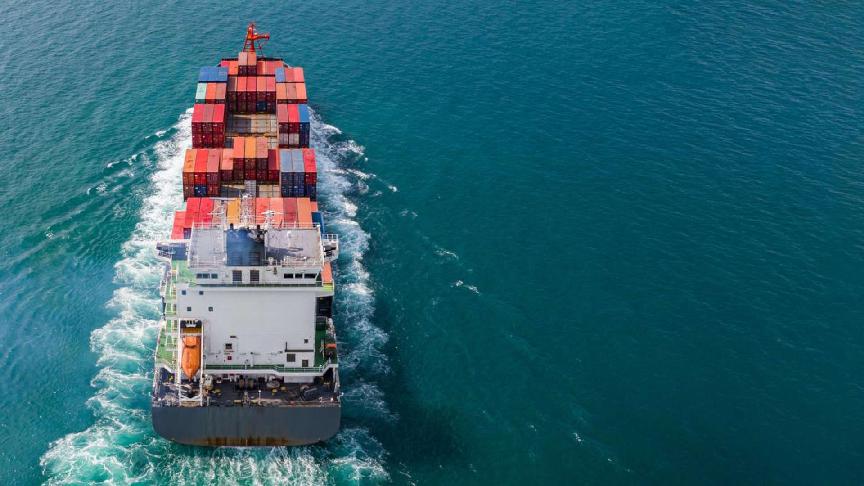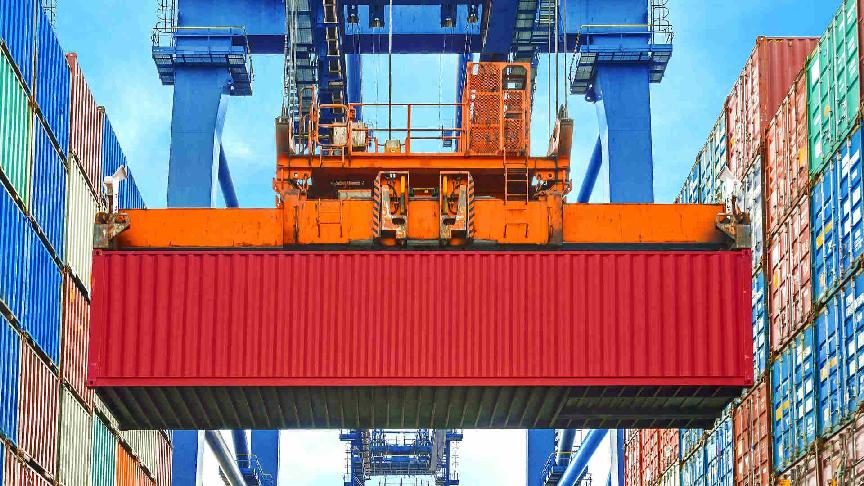19 June 2024 (Lloyd's List) - THE seemingly never-ending slew of containerships entering the market has pushed the capacity of the deployed fleet to 30m teu, according to new data from Alphaliner.
Alphaliner analyst Jan Tiedman noted that this included all ships employed on scheduled container liner services.
“The cellular fleet, i.e. true containerships, meanwhile stands at 29.6m teu, which tells us that non-cellular ships totalling 400,000 teu of capacity are trading on container lines,” he said.
“These are mainly container-friendly multipurpose cargo vessels that help out in the box trade, as well as a number of non-cellular con-ros.”
The containership fleet hit the 20m teu 2017, but a mere five years later had hit 25m teu by early 2022. Since then, it has taken just over two years for the next 5m teu to be added as the orderbook that built up from the start of the pandemic continues to enter into service.
As Lloyd’s List reported this week, the recent disruptions to carrier schedules driven by the Red Sea crisis have further whetted carrier interest in additional tonnage.
Brokers report many boxship orders in the pipeline with a number of tonnage providers and liner operators, including Seaspan and CMA CGM having signed letters of intent with top-tier shipyards in China and South Korea.
There remain fears, however, that overcapacity could return to the market. The excess tonnage available in the second half of 2023 was absorbed by the Red Sea rerouting, and port congestion has led to a shortage of capacity.
But while container demand growth for 2024 has been revised up to 4.5%, capacity growth still far outstrips this. Any normalisation of Red Sea transits would see a rapid return of capacity into the market and a likely return to overcapacity.







